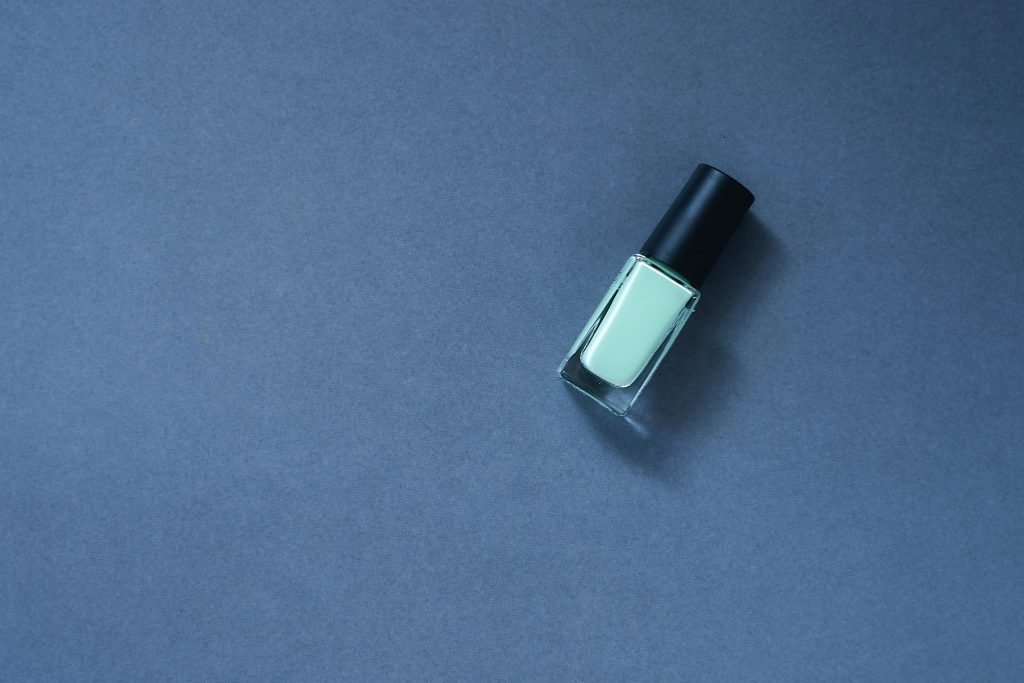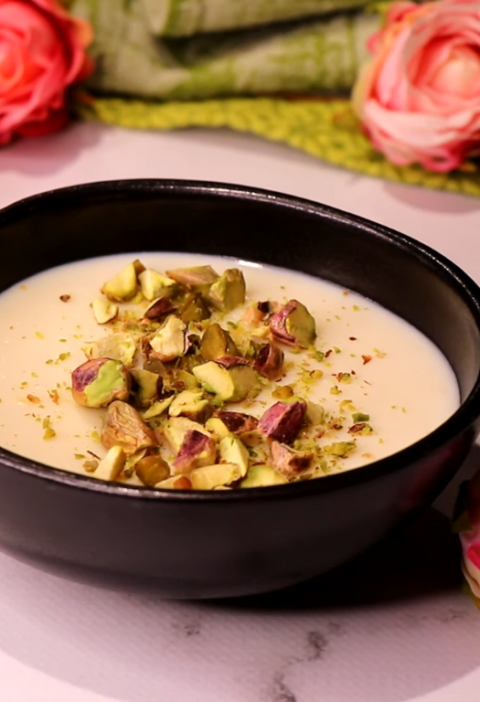Polymer clay is a versatile and captivating material that offers endless creative possibilities. Once you’ve finished shaping your polymer clay creations, you’re probably wondering how to achieve a vibrant and long-lasting finish. Varnish is the magical tool that will make your creations shine while protecting them from scratches and everyday wear. However, you may be asking the crucial question: should I apply the varnish before or after baking the polymer clay? In this article, we will demystify this dilemma and reveal the secrets to a perfect finish for your polymer clay creations.
Before Baking:
Some artisans prefer to apply varnish to their polymer clay before baking it. This method has its advantages, particularly in terms of convenience and effectiveness. Here’s why:
1. Easy application: Applying varnish to raw polymer clay is easier because the surface is smooth and free of imperfections. This allows for uniform application of the varnish, giving your creations a consistent and glossy finish.
2. Detail control: Before baking, you have access to all the details of your creation without the risk of damaging them. This allows you to varnish even the most delicate parts of your piece, such as crevices and corners.
3. No need for re-baking: If you apply varnish before baking and are not satisfied with the result, you can simply wipe off the varnish with a damp cloth and start again. You don’t need to re-bake the polymer clay, which can be advantageous when working on delicate projects.
After Baking:
Other artisans prefer to apply varnish to the polymer clay after baking. This method also has its followers and offers some interesting advantages:
1. Heat resistance: Some varnishes are specifically designed to withstand heat, which means they can be applied after baking without the risk of deterioration.
2. Easy correction: If you’re not satisfied with the result after baking, you can easily remove the varnish with a suitable solvent and start over.
3. Final appearance: Some people believe that varnish applied after baking gives a more natural look and enhances the shine of the polymer clay.
The truth is that both methods can yield satisfactory results, and the choice largely depends on personal preferences and the properties of the varnish you’re using.
Some Practical Tips :
• Before applying varnish, make sure your polymer clay is completely cooled after baking.
• Use a varnish specifically formulated for polymer clay, preferably transparent and non-yellowing. Make sure to choose a high-quality varnish for a durable and resistant finish.
• Apply varnish in thin layers, avoiding excess that could create bubbles or unwanted marks.
• Allow the varnish to dry according to the manufacturer’s instructions. Some brands recommend additional baking to enhance the varnish’s durability.
Which varnish to choose?
For finishing and protecting your polymer clay creations, it is common to use a varnish specifically designed for this material. There are several types of varnishes suitable for polymer clay, each offering different results. Here are some popular options:
1. Water-based varnish: Water-based acrylic varnishes are widely used for polymer clay. They are easy to apply, dry quickly, and provide a transparent or slightly glossy finish. They are also available in different finishes, such as matte, satin, or glossy.
2. Epoxy resin-based varnish: Epoxy resin-based varnishes offer a crystal-clear, durable, and scratch-resistant finish. They can create a sense of depth and shine on your creations. However, they often require precise mixing of components and a curing process that can take several hours.
3. Polyurethane-based varnish: Polyurethane-based varnishes are also popular for polymer clay. They offer strong, scratch-resistant protection and a glossy finish. They are typically available in aerosol or liquid form to be applied with a brush.
It is important to choose a high-quality varnish specifically formulated to be compatible with polymer clay. Before applying the varnish to your creation, ensure that it is fully cured and clean. Follow the manufacturer’s instructions regarding application, drying time, and usage precautions. Experiment with different varnishes and finishes to find the one that suits your polymer clay creations best.
Non-Specific Varnish:
If you’re looking for an alternative to a varnish specifically formulated for polymer clay, it’s important to note that some varnishes may react undesirably with this material. However, there are a few commonly used options by artists and crafters. Here are two non-specific alternatives:
Transparent nail polish
Some people use clear nail polishes as an alternative to protect their polymer clay creations. However, not all nail polishes are suitable, as some contain strong solvents that may react with the polymer clay. Make sure to choose a nail polish without toluene, formaldehyde, and dibutyl phthalate (DBP).

wood varnish
wood varnish is primarily used to give a smooth and glossy finish to wooden floors. It can also be used on polymer clay creations, but caution is advised as it tends to discolor objects once dry. It is important to take precautions when using it and avoid prolonged contact with the skin.

It’s essential to conduct preliminary tests on samples before applying a non-specific varnish to your polymer clay creation. Ensure that there are no negative reactions, cracking, discoloration, or undesired effects. Keep in mind that results may vary depending on the brand of varnish and the composition of the polymer clay you are using.
Whether you apply varnish to polymer clay before or after baking depends on your preferences and the specific characteristics of the varnish you’re using. Whichever decision you make, ensure you use high-quality varnish, apply thin layers, and follow the manufacturer’s instructions. Experiment with different techniques to find the one that best suits your needs and creative style. With a little practice, you’ll achieve dazzling and long-lasting finishes that will enhance your polymer clay creations.








